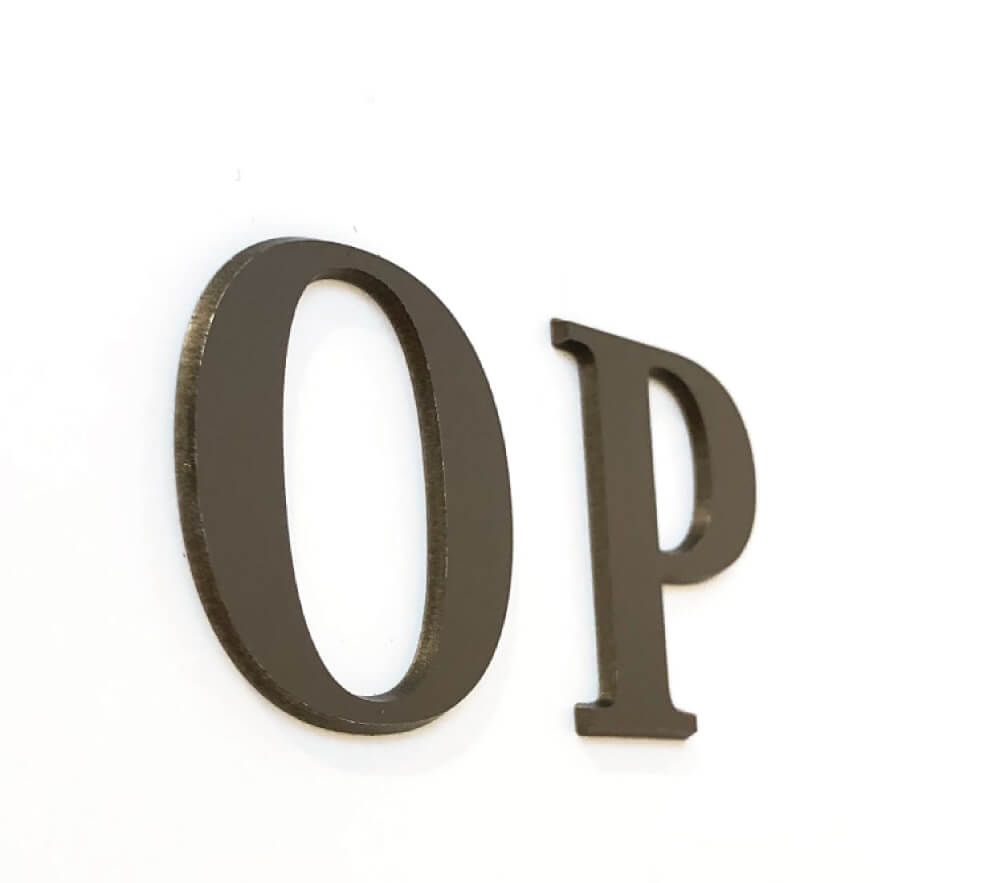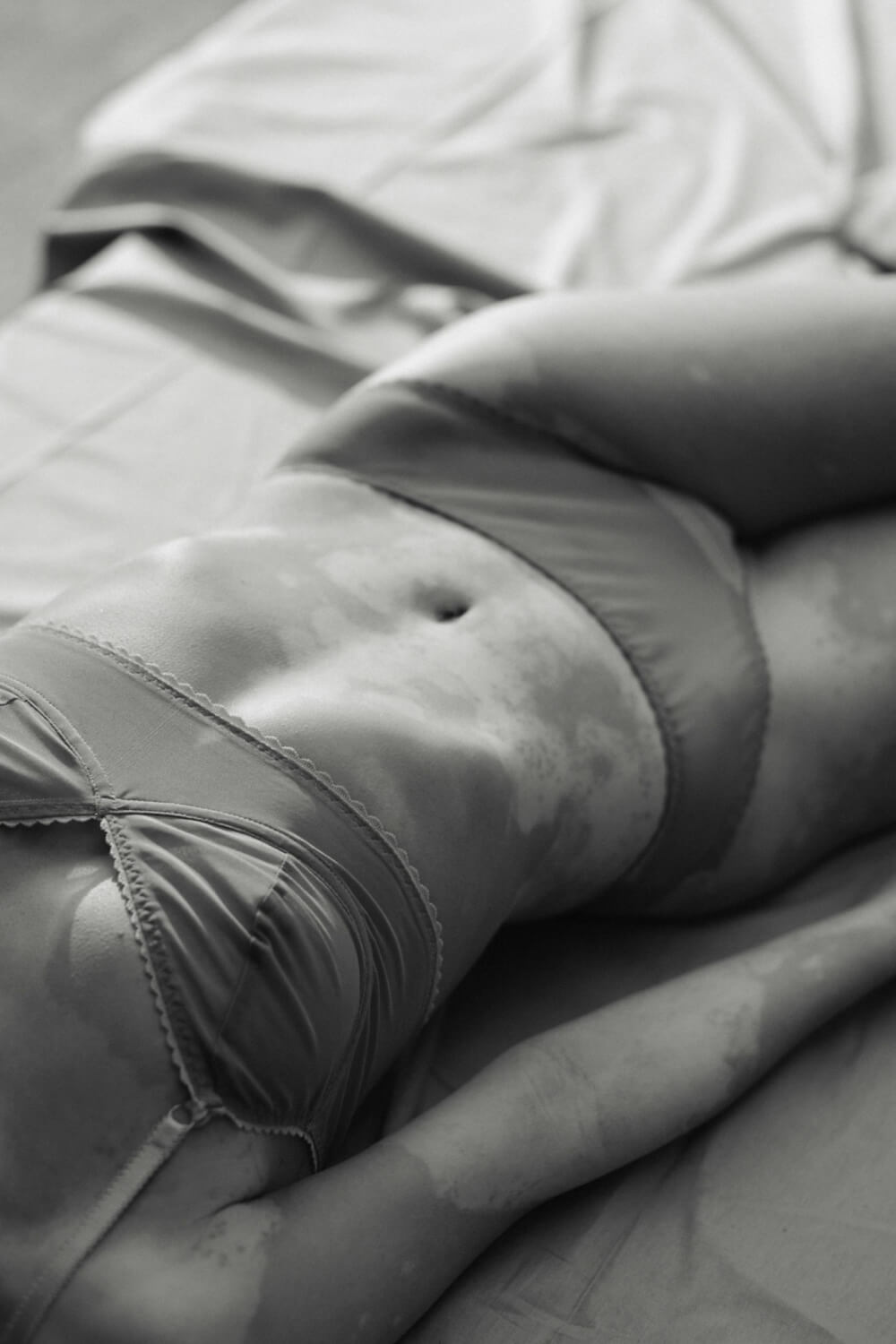A tummy tuck gives you back a harmonious figure

In brief
Tummy tuck surgery, also known as abdominoplasty, is a popular procedure to improve the body shape and contour of the abdomen for interested patients. Many people are looking for effective solutions to reduce excess abdominal fat, tighten sagging skin and achieve a tighter, flatter abdominal region. During a tummy tuck, an experienced specialist removes excess fatty tissue and tightens the underlying muscles. In addition, the skin is tightened to achieve a smoother and firmer abdominal contour.
The procedure is usually performed under general anesthesia. A horizontal incision is then made above the pubic bone to remove excess fatty tissue and skin. The abdominal muscles are then tightened and the remaining skin is smoothed and repositioned. The benefits of a tummy tuck include an improved abdominal contour, a reduction in stretch marks, firmer skin and increased self-confidence.
What motivates people to have a tummy tuck?
A constant struggle over the years between weight gain and weight loss is very likely to lead to a loss of elastic fibers in the subcutaneous fatty tissue. This is particularly noticeable on the abdomen. Patients often have a long history of suffering behind them. Exercise and a change in diet may lead to a reduction in volume, but the skin simply continues to “hang”.
Although this is completely natural, it is often perceived as a burden. At an advanced stage, skin irritation and inflammation often develop in the sagging skin folds. If the quality of life suffers as a result, patients often long for a permanent solution.
What is a tummy tuck?
As the name suggests, the skin and connective tissue on the abdomen are reduced and tightened by means of a surgical procedure. This stops the sagging (med.: ptosis) over the lower abdominal fold and restores a harmonious contour to the body. State-of-the-art surgical techniques can be used to tighten the abdominal area, known as abdominoplasty. Specific areas of skin are removed and the underlying connective tissue is sculpted. The incision is planned individually before the operation and is “hidden” depending on the extent of the excess skin.

What are the different methods?
A tummy tuck is a surgical procedure that is performed for various reasons, be it medical necessity or aesthetic considerations. Excess skin and fat pad tissue is removed in order to achieve a firmer abdominal contour and give the area an improved appearance. The choice of surgical method is made individually depending on the initial condition of the abdomen. For moderate excess skin and fat, a partial tummy tuck can be performed, while for more extensive problem areas, a more comprehensive technique such as a tummy tuck with umbilical transfer is used to achieve optimal results.

Who is abdominoplasty suitable for?
A tummy tuck (abdominoplasty) is suitable for patients with significant excess skin and soft tissue on the abdomen. In principle, this operation can be performed at any age once the patient has reached the age of majority. If the skin and connective tissue have been subjected to enormous strain due to weight fluctuations or after pregnancy, a so-called rectus diastasis often occurs. In this case, the abdominal wall muscles stretch as far apart as possible and form a widened gap between the muscle strands. The abdomen appears bloated and “fat”. The stretching is also visible in extremely athletic people. If this rectus diastasis does not recede, a surgical rectus diastasis lift can be performed as part of an abdominoplasty.
Who is it not suitable for?
A current desire to have children is suboptimal, as the abdominal wall may stretch again during pregnancy. In addition, significant weight fluctuations can affect the result after the operation. If you only suffer from a slight excess of skin and tissue, you should consider whether an alternative tightening procedure would be more appropriate. A Bodytite treatment also leads to tightening with less tissue loosening and saves you a major operation.

When is the best time?
Abdominoplasty is an aesthetic operation. In general, there is no time pressure here. Each patient will therefore choose the time for a tummy tuck for their own reasons. If you are at the beginning or in the middle of the journey to your personal dream weight, we recommend that you achieve and maintain this weight first. In general, your current weight should be stable for at least 6 months. Any month can be chosen in terms of timing. As it is necessary to wear compression garments after the operation, many women opt for cooler months.
What type of anesthesia is necessary?
You will be under general anesthesia during the operation. This means that you will not feel any pain and will wake up relaxed and pain-free after the procedure. We have a team of 5 anesthetists who are specially trained for aesthetic procedures. Sedation (twilight sleep) is usually only possible for extremely minor procedures. The difference between anesthesia and sedation is, in addition to different medications, the absence of artificial respiration. During sedation, you breathe on your own. Patients perceive this as less stressful.
Can the procedure be combined with other procedures?
A tummy tuck can be combined with many other procedures. For example, with breast augmentation with autologous fat or liposuction.
Surgical and conservative alternatives
There are various conservative and surgical alternatives for many operations. It is therefore necessary to consider these carefully before any surgical intervention. If the use of a scalpel can be dispensed with due to conservative alternatives, these are of course preferable.
Bodytite treatment, for example, is available as a minimally invasive alternative. This uses radiofrequency therapy to stimulate contraction of the connective tissue and tightening of the skin. However, this procedure is only useful for moderate soft tissue excess. Liposuction is also an alternative and saves a visible scar. Your body has a certain “retraction capacity”, an ability to tighten sagging tissue to a small degree. Whether this is possible should definitely be clarified during a physical examination.
Exercise, alternating showers and massages generally promote blood circulation and are ideal for preventive body care. However, despite various myths, none of these methods can regenerate sagging connective tissue. In this case, only surgery will bring effective change.

Photos
The images presented show examples of primary tummy tucks that have been successfully performed in my practice. Various methods were used to achieve a tighter abdominal area. Each pair of images presents the condition before surgery and approximately 4-6 months afterwards. This time is crucial in order to adequately assess the final result, as the tissue continues to develop in the first few months after the procedure. This aspect is carefully considered when planning the operation to ensure a satisfactory and long-lasting result.


Is this operation performed on an outpatient or inpatient basis?
We usually perform minor tummy tucks on an outpatient basis in our practice. A total of 3-4 hours should be planned. Even if the actual operation time is 1.5-2 hours, the time for preparation and follow-up must be taken into account. For example, the sleeping pills need to be taken. You are welcome to stay in our surgery until you feel fit again. Immediately after waking up, you may experience slight circulatory weakness. Active participation in road traffic should be avoided at all costs for the first 12 hours. We recommend that you are accompanied for the first few hours after the operation and for the first night.
An inpatient stay is strongly recommended for larger tightening operations. As a rule, an overnight stay of 1-2 days in a private hospital is sufficient.
Risks and complications
Surgery is a wonderful routine for us. Nevertheless, we are aware that many of our patients may only have surgery once in their lives. It is therefore essential that you are informed about all the possible consequences of this procedure.
During surgical procedures, skin and tissue as well as underlying structures are treated with sharp instruments. Despite all caution, complications of varying severity can occur. During the initial consultation, we will go through a corresponding information sheet with you.
Minor complications
Abdominoplasty is a procedure with relatively few complications. If performed carefully, the risk of permanent consequences is very low. As with all surgical procedures, there may be minimal pain, comparable to moderate muscle soreness, as well as swelling and hematomas.
Slight asymmetries, scar widening, seromas, wound healing disorders and temporary loss of sensation are exceptions and usually disappear on their own. In our experience, swelling, restricted movement and the gentle posture caused by an abdominal bandage are well tolerated.
Rare major complications
Major complications may require follow-up treatment or, in extremely rare cases, repeat surgery. Post-operative bleeding must be stopped immediately, even if the blood loss is minimal. Impairment of the skin’s circulation is also possible, the likelihood of which increases with the extent of the operation. All relevant details will be discussed with you in detail during your consultation.
What to do in the event of complications?
If, contrary to expectations, complications occur, we will not leave you to deal with them alone. After the operation, you will be given an emergency number where you can reach us 24 hours a day. During the routine check-ups following the operation, we will discuss the progress and further procedure with you in detail.
Healing and progression
As soon as patients have decided to have surgery, there is great anticipation of the result. However, depending on the procedure, it can be a long journey. You will need to be patient until the final result is achieved. If you know what to expect before your planned operation, this path will be easier.
How long does the recovery take?
You will certainly feel well again quickly and will only notice restrictions for a few days. Nevertheless, physical rest is crucial in the first 6 weeks after the operation in order to allow the deep tissue enough rest to regenerate. It takes 6-12 months until complete healing. During this time, the last swellings disappear and the abdomen takes on its final shape.
With the exception of competitive sports, sporting activities are possible after 6-8 weeks.
Of course, these time recommendations are guidelines based on our experience, which sometimes require individual adjustment.
Your body will take the time it needs.
Is the treatment painful?
The tummy tuck is not painful. Of course, you will not feel any pain during the operation. Immediately after the procedure, the painkillers will still have sufficient effect, so that you will probably only feel moderate pain in the treated areas in the evening of the day of the operation. We will put your compression garments on immediately after the operation. Swelling occurs after the operation due to water retention. Patients often describe a noticeable feeling of tightness for the first 2-3 days. Standing upright or walking may feel a little unsteady at first.

When can the final result be expected?
The result of a tummy tuck is immediately visible. Important: The abdominal wall initially appears somewhat “over-tightened”. After about 3 months, the connective tissue structures will have settled and the abdomen and flanks will have reached their final shape.
The “durability” of a tummy tuck depends on your connective tissue and the quality of your skin. The more stressed these have been over the years, the more likely it is that there will be minimal sagging. However, this would be significantly less pronounced than the original sagging.
What should patients plan for?
A surgical procedure requires a certain amount of planning and organization not only for the surgical team, but also for the patient, both before and after the operation. It is important that you are well prepared and know what to expect. This allows you to concentrate fully on enjoying the results.
One of the most important questions before any surgical procedure is the “why”. You should be clear about why you want to have surgery at all. Once you have answered this question and made a decision, the following questions should definitely be clarified: How? By whom? When?
I will be delighted if you find your way to my surgery and would like to be operated on by me. However, I also recommend all my patients to get a second opinion. You should be absolutely sure about the date and surgeon.
Plan the time before your operation
Before any abdominal wall surgery, we recommend a general medical check-up to ensure that there are no underlying diseases or hernias in the abdominal wall.
As soon as you have decided to have the operation after a detailed consultation and medical history, you should plan the time after the operation with those around you accordingly. Although you should not expect to be out of action for any length of time, you may occasionally experience temporary movement restrictions.
Plan the time after your operation
It is advisable to prepare in advance to wear a special abdominal bandage for 6 weeks. It is also necessary to take it easy physically during this period so as not to hinder the healing process.
What does the operation cost?
A tummy tuck starts at €7000. If an additional operation is planned for other regions, this will affect the operation time and therefore the price. In combination with other procedures such as autologous fat transplantation or Bodytite, combination prices can be offered.

Financing, down payment, payment by installments
We also offer the option of financing. We will be happy to inform you about this during a personal consultation. If you decide on an operation date after our consultation, we will agree a deposit of €500 to fix the date accordingly. You can pay the remaining amount on the day of the operation or in advance.
